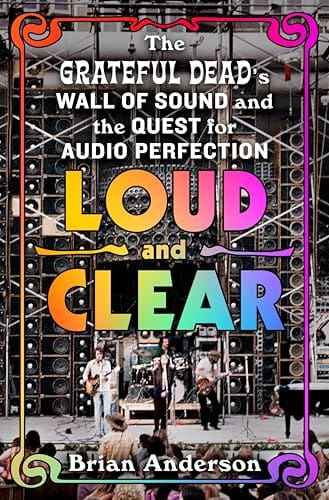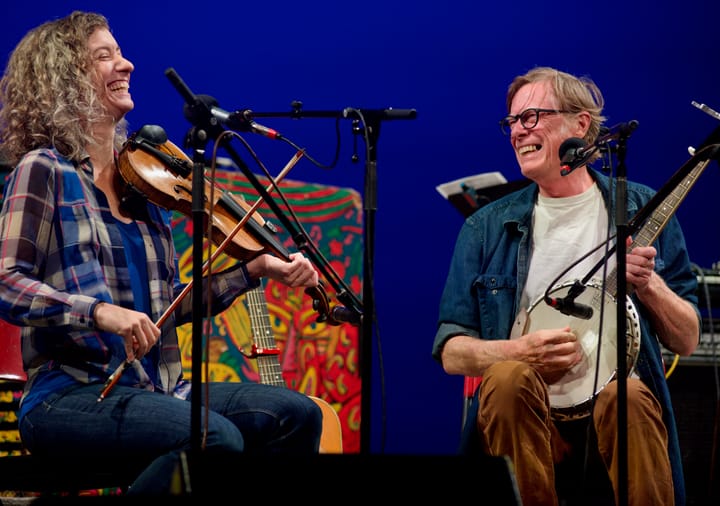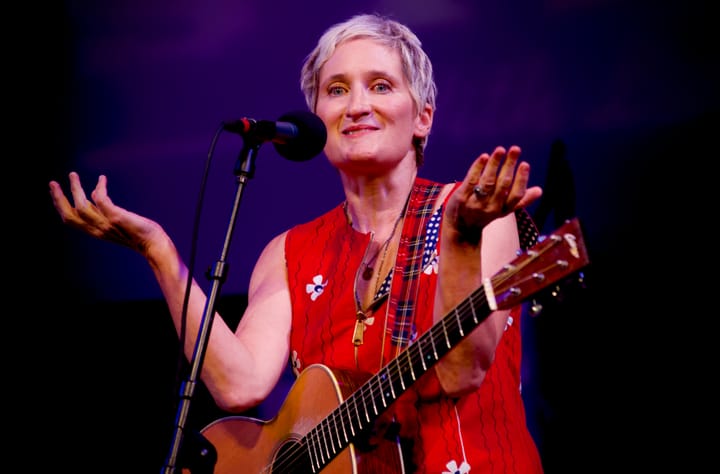Once upon a time, the Grateful Dead hung out in trees, dropping acid, and leading bands of Merry Pranksters dreamily along that golden road to eternal devotion. The darlings of psychedelic rock—or the pioneers of space bluegrass—the Dead opened their shows to the faithful: dancers with faraway eyes swirling in the aisles, tapers striving to catch every note on audio machines of uneven quality, spiritual seekers looking to transcend this world through the music. Many fans describe the shows as religious experiences, and all the elements are certainly there: a community devoted to demigods (though the band never made this claim for themselves) brought together to worship a common object (the band) and unified by a common love (the music) and even bound by a sacramental artifacts (LSD, the music). The band itself devoted endless hours to meandering around musically, note-by-note, exploring the nuances of every sound and their relation to one another. To capture these sounds in all their variety and in their purest form, the Grateful Dead also pursued what was to become, part of 1974 at least, a sound system that would reproduce each musician’s performance—in some cases amplifying individual strings on Phil Lesh’s bass—and allow the members of the band to hear themselves just as the audience was hearing them.
In his sprawling new book, Loud and Clear: The Grateful Dead’s Wall of Sound and the Quest for Audio Perfection. (St. Martin’s, June 17, 2025), journalist Brian Anderson provides a sketch of the band’s development of the Wall of Sound, the mammoth PA system that achieved the purity and clarity of sound for which the band had been chasing in the early 1970s. Anderson is just the right person to tell this story. He attended his first Dead show when he was three, when his parents took him and his four-year-old sister to a Dead show in Wisconsin where his father worked the show, “setting up stage technology for an UltraSound contractor,” and where Anderson recalls watching Jerry Garcia kick a balloon onstage and where he and his sister felt lost during the Dead’s “experimental ‘Space’ jam.” During road trips with his family, Anderson would listen to his parents tell stories about their own Dead trips and a “mountain of speakers called the Wall of Sound that was loud but clear and blew people’s minds. In 2021, Anderson purchased a 1 black monitor, missing one large round speaker and two small round speakers that was likely “one of the vocal ‘fill’ speakers used in the monumental concert soundsystem the Dead built and toured with in the early 1970s.”




